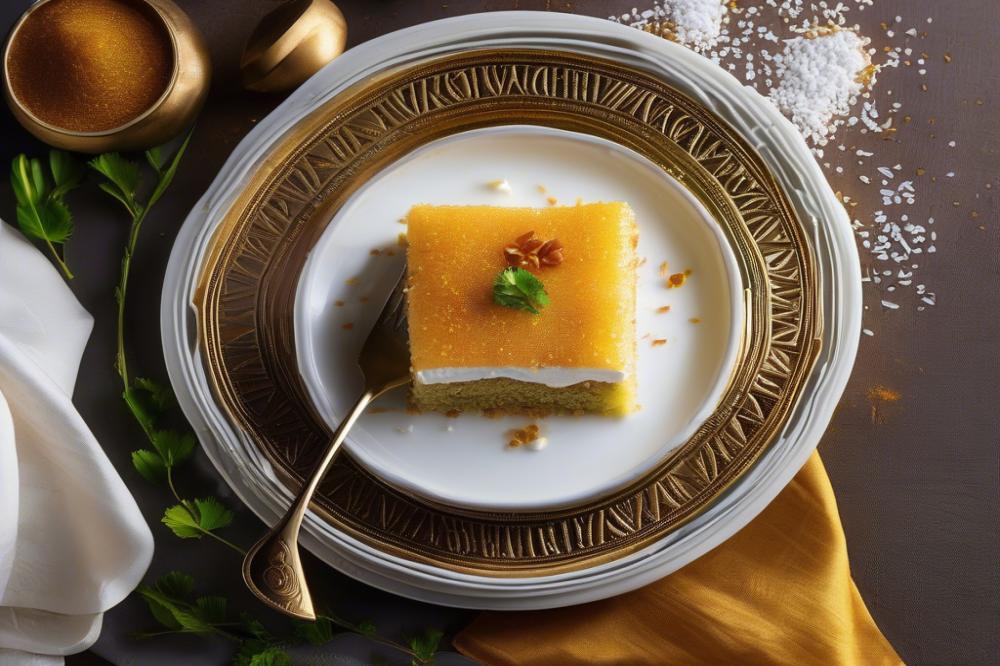Understanding the Significance of Konafa in Middle Eastern Cuisine
Konafa holds a cherished place in Middle Eastern cuisine, especially in Egypt. This beloved pastry is a staple during special occasions, notably Ramadan. Families come together to enjoy this sweet treat as the sun sets, breaking their fast with delicious flavors. It’s a time of community, and what better way to bond than over a shared dessert?
Many variations of this dessert recipe exist across the region. One of the most popular forms features a filling of cream, which adds richness to the flaky layers of pastry. Another variation utilizes unsalted cheese, creating a delightful contrast with the sweet syrup drizzled on top. Each type serves as a testament to the diverse culinary traditions found in the Middle East.
During festive gatherings, konafa becomes more than just food; it embodies celebration. Whether served as an after-dinner delight or a special treat during holidays, this Egyptian dessert evokes joy and connection. The unique flavors attract locals and visitors alike, making it a true icon of the culture.
In summary, konafa represents much more than a simple sweet dish. Its importance during Ramadan and festive occasions reflects a deeper significance that resonates with people. The variations, particularly with cream or cheese, allow for endless enjoyment, making it a treasured dessert across generations.
Understanding Konafa
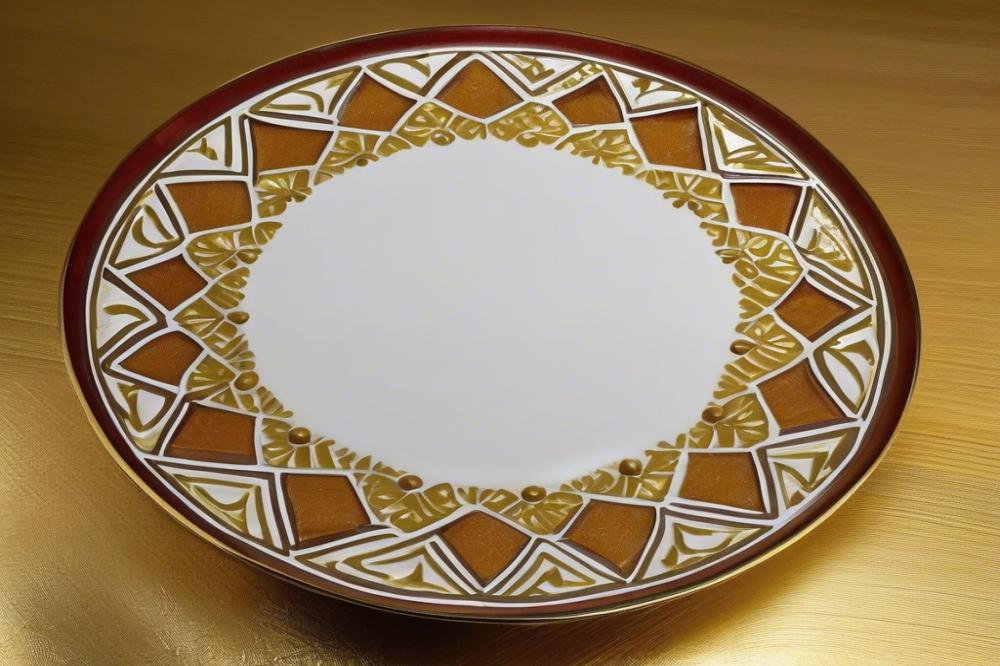
Konafa, a beloved dessert from the Middle East, represents a delicious blend of history and culture. For centuries, this sweet pastry has delighted taste buds across various regions, especially during special occasions. Traditionally enjoyed during Ramadan, it is a festive dessert that brings families together. Its roots can be traced back to ancient traditions, where it was made to celebrate significant events and gatherings.
There are many types of konafa, but the cream-filled variant, known as knafeh, is particularly popular. This version showcases a rich filling of cream or unsalted cheese, often infused with flavors like rose or orange blossom. The outer layer consists of thin noodle-like strands, giving it a satisfying crunch. When you take your first bite, the warm pastry pairs beautifully with the rich cream inside.
Flavors play an essential role in knafeh. The pastry is often soaked in a fragrant syrup made from sugar and water, sometimes flavored with citrus or spices. This adds a sweet and sticky touch that contrasts nicely with the creamy filling. Texturally, the dessert is a symphony of contrasts. You may enjoy the crispiness of the golden pastry along with the smoothness of the cream. Each element combines to create a moment of pure indulgence.
Making this dessert recipe might seem daunting, but it is worth the effort. It is common for families to share their own versions and secret techniques. As you prepare knafeh, consider how it has become a symbol of celebration. Its presence on tables not only indicates a time for eating but also evokes feelings of joy and community. Embracing this tradition allows for a connection to the past, one sweet bite at a time.
Ingredients List and Cooking Instructions
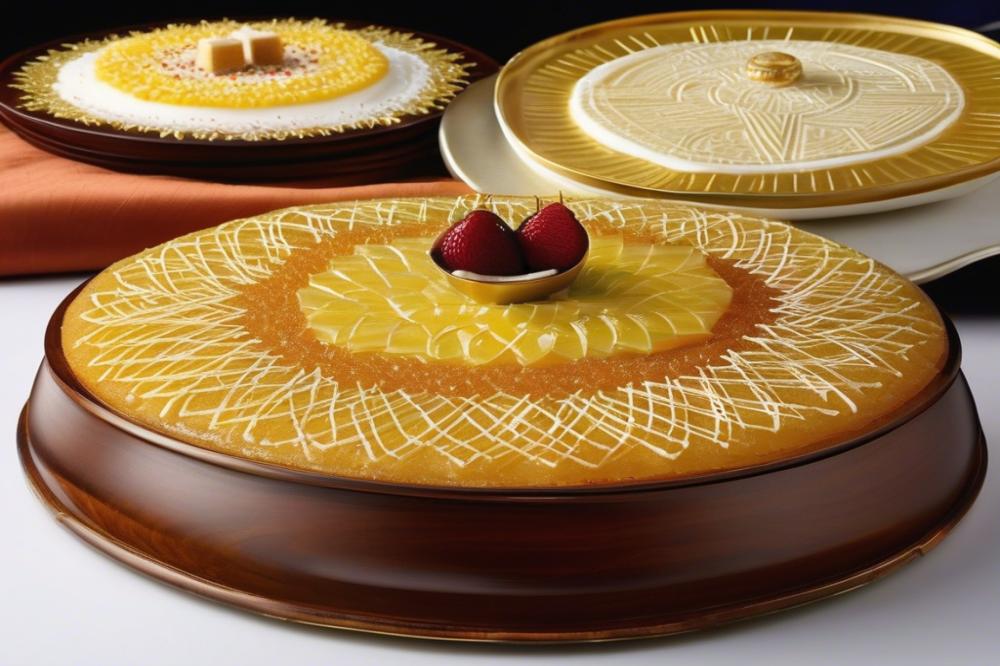
To prepare this delightful dessert recipe, gather the following ingredients:
- 400g konafa noodle
- 200g unsalted cheese (such as Akkawi or mozzarella)
- 200g unsalted butter (melted)
- 1 cup heavy cream
- 1 cup sugar
- 1 cup water
- 1 teaspoon vanilla extract
- Optional: ground pistachios for garnish
Cooking Instructions:
First, preheat the oven to 180°C (350°F). This step is important for even baking. Next, prepare the konafa by shredding the noodle into smaller pieces. Combine the konafa with the melted butter, mixing well until it is all coated.
Take half of the buttered konafa and spread it across the bottom of a baking dish. Press down firmly to create a solid layer. Now, in a separate bowl, mix the unsalted cheese with the heavy cream. This mixture should be creamy and smooth. Spread this cheese layer on top of your first konafa layer.
Cover this creamy layer with the remaining buttered konafa. This layering is what gives the pastry its delicious texture. Bake in your preheated oven for about 30-40 minutes. Watch for a golden brown color, which indicates it’s ready.
While your pastry is baking, it’s time to prepare the sweet syrup. Boil the sugar and water together in a saucepan until the sugar dissolves. Once dissolved, add the vanilla extract for flavor. Keep the syrup warm.
Once your pastry is done baking, pour the warm syrup over it right away. This helps soak in that wonderful sweetness. Allow it to sit for a few minutes afterward. If desired, finish with a sprinkle of ground pistachios on top for an extra festive touch. This dish often shines during Ramadan and other celebrations.
Now, you’re ready to enjoy this rich and creamy treat from Middle Eastern cuisine. The combination of flavors and textures will surely impress your guests.
Nutritional Information:
For a well-rounded understanding, let’s break down the nutritional content per serving. Each serving contains approximately:
- Calories: 450
- Fat: 25g
- Protein: 8g
- Carbohydrates: 50g
This information is based on the ingredients listed. Enjoying knafeh in moderation allows you to experience its delectable taste without overindulging.
Serving Suggestions
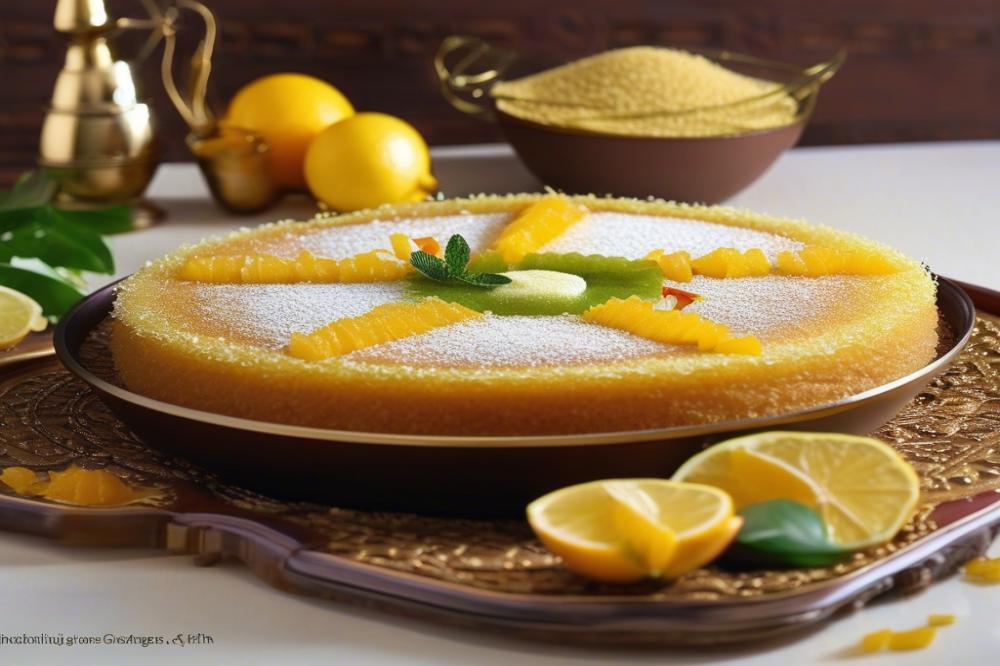
When it comes to serving konafa, presentation matters just as much as taste. This sweet pastry is often served warm, allowing the creamy filling and crispy, golden exterior to shine. A common practice involves cutting it into diamond or square shapes. Not only does this make for an appealing look, but it also makes it easier to share.
Drenched in syrup, the konafa can become even more delightful. Drizzling honey or a simple syrup over the top not only adds moisture but enhances the sweetness. For a touch of elegance, consider garnishing with crushed pistachios or walnuts. These nuts add a lovely crunch and earthy flavor that balances the sweetness.
A traditional drink that pairs beautifully is Arabic coffee. The bold, rich flavors of the coffee contrast nicely with the creamy dessert recipe. Alternatively, mint tea offers a refreshing complement to the dish. Both beverages have cultural significance in Middle Eastern cuisine, making them ideal companions during special occasions like Ramadan.
Variations can also elevate your experience with knafeh. Some people enjoy it with a filling of unsalted cheese, adding a savory aspect to the dish. Others prefer it topped with additional cream or a custard-like layer for extra richness. Fruits such as strawberries or oranges can contribute a refreshing twist, enhancing the overall flavor profile.
It’s common to serve this festive dessert with a side of ice cream. The cold, creamy texture contrasts wonderfully with the warm, flaky pastry. For guests who enjoy a richer flavor, chocolate sauce can also be drizzled on top. This pairing creates a delightful harmony of textures and flavors, making each bite memorable.
Cultural Significance and Variations
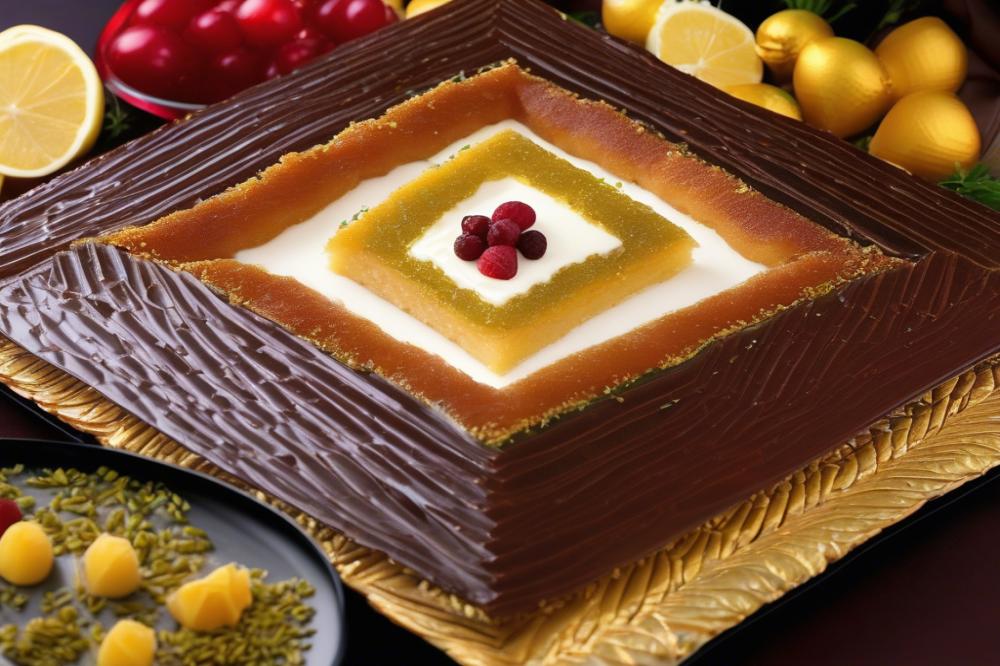
In Egypt, konafa holds a special place in culture, particularly during Ramadan. This pastry becomes more than just a dessert recipe. It symbolizes joy and celebration among families and friends. During iftar, the meal that breaks the fast, konafa often takes center stage. Its sweet flavor, creamy filling, and delightful texture make it an ideal treat for such a festive occasion.
Different countries have their own versions of knafeh. In Lebanon, the dessert tends to use a layer of unsalted cheese, which adds a savory touch that contrasts with the syrup. Turkish variations also exist, with some incorporating pistachios and a more fragrant, thicker syrup. Each region’s twist adds to the overall appeal of this Middle Eastern cuisine staple.
While the base ingredients remain similar, regional adaptations give each version a distinct character. For example, in some areas of Egypt, people like adding nuts or floral flavors like orange blossom to enhance the taste. Others might focus on a more traditional approach, sticking closely to the original recipe. This diversity reflects the rich culinary heritage found across the region.
Sharing konafa during Ramadan fosters a sense of community. Neighbors often exchange their own versions, showcasing personal family recipes handed down through generations. This tradition solidifies its role as a festive dessert that connects people. No matter the variation, konafa always brings a touch of sweetness to the holy month, creating lasting memories for those who indulge in its delightful layers.
Tips for the Perfect Konafa
Achieving the best texture and flavor in this dessert recipe requires attention to detail. Start with selecting the right type of cheese. For a truly authentic experience, use unsalted cheese. Options like mozzarella or akawi work wonderfully. They melt nicely and blend well with the cream, forming a rich filling.
Baking times play a crucial role in the final product. Monitor your pastry closely as it cooks. Typically, a baking time of about 30 to 40 minutes at 350°F (175°C) gives the best results. Golden brown edges signify that it’s nearly ready. Adjustments may be necessary depending on your oven, so stay vigilant.
Flavor also comes from the syrup used, which sweetens and moistens the dish. A simple syrup made of sugar and water, flavored with a touch of rose or orange blossom water, can elevate the experience. Just allow it to cool before pouring it over the hot dessert. This contrast creates a delightful taste.
For those who wish to modify the sweetness, it’s as simple as adjusting the sugar in your syrup. Whether you prefer a sweeter treat or a more balanced flavor, taste-testing as you go is key. Remember, your palate should guide you.
Storage tips are necessary for all those delightful leftovers. If you have extra knafeh, keep it in an airtight container. Refrigerating it helps maintain freshness. For an even better experience later, reheat portions in the oven for a few minutes. This way, the pastry regains its crispiness.
During Ramadan, many families enjoy this festive dessert. It brings people together and makes meals special. Taking these tips to heart will help ensure that your konafa stands out on any occasion.
End Notes on Egyptian Konafa with Cream
The importance of this delightful dessert goes beyond mere flavor; it holds a special place in Egyptian culture. Traditionally enjoyed during Ramadan and festive gatherings, konafa celebrates joy and togetherness. Each bite encapsulates sweet memories and rich heritage, showing off the beauty of Middle Eastern cuisine.
Trying it at home can be a rewarding experience. Making this dish allows you to connect with a long-standing tradition and share it with family and friends. Variations in preparation provide opportunities for creativity. Some people like to mix in nuts or change the filling to suit their taste. Others might add a splash of rosewater for extra fragrance.
Elevate your culinary skills by exploring these options. Although it may seem challenging at first, practice can lead to delicious results. Engaging in this process fills your kitchen with delightful aromas. It also gives you a reason to celebrate. By embracing the art of making this pastry, you not only bring a piece of Egypt into your home but also create lasting memories with those you love. Enjoy the sweet taste of tradition with every forkful!

